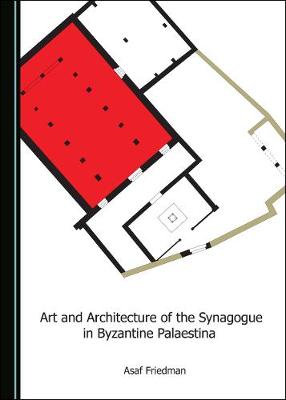The Byzantine era was a time of the formation of the Abrahamic religions and a battleground for people's hearts and minds. This book shows that, during the time of the Byzantine Empire, the synagogues in Palaestina developed a visual language adhering to traditional literary sources. Until now, scholars believed that Judaism was oblivious to all art forms, regarding them as mere "decoration." This book shows that, contrary to those beliefs, Jewish art was, in fact, flourishing in this period. The visual language that emerged is a trope that utilizes literal and figurative readings to arrive at an inquisitive mixture-a probing language that facilitates learning. It is a visual language of "becoming," of inward introspection and outward scrutiny. This new analysis goes beyond the limits of compositional rules, and requires an analytical, as well as emotive, thought process, to form a cultural interpretation that reveals the hidden language. This means that some parts of Judaism and some parts of Christianity were in agreement despite the commandment of "Thou shalt not make unto thee any graven image," and operated under the assumption that paintings were not necessarily the creation of idols. Thus, we see that the modern movements of art and architecture were not the first to deal with images through themes such as abstraction and denotation. The language developed during the Byzantine period could rival the best of such visual languages.
- ISBN13 9781527532786
- Publish Date 18 June 2019
- Publish Status Active
- Publish Country GB
- Imprint Cambridge Scholars Publishing
- Edition Unabridged edition
- Format Paperback
- Pages 194
- Language English
